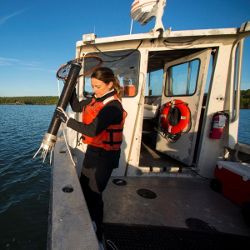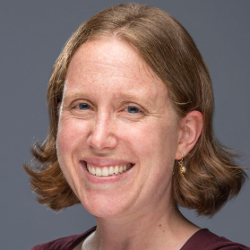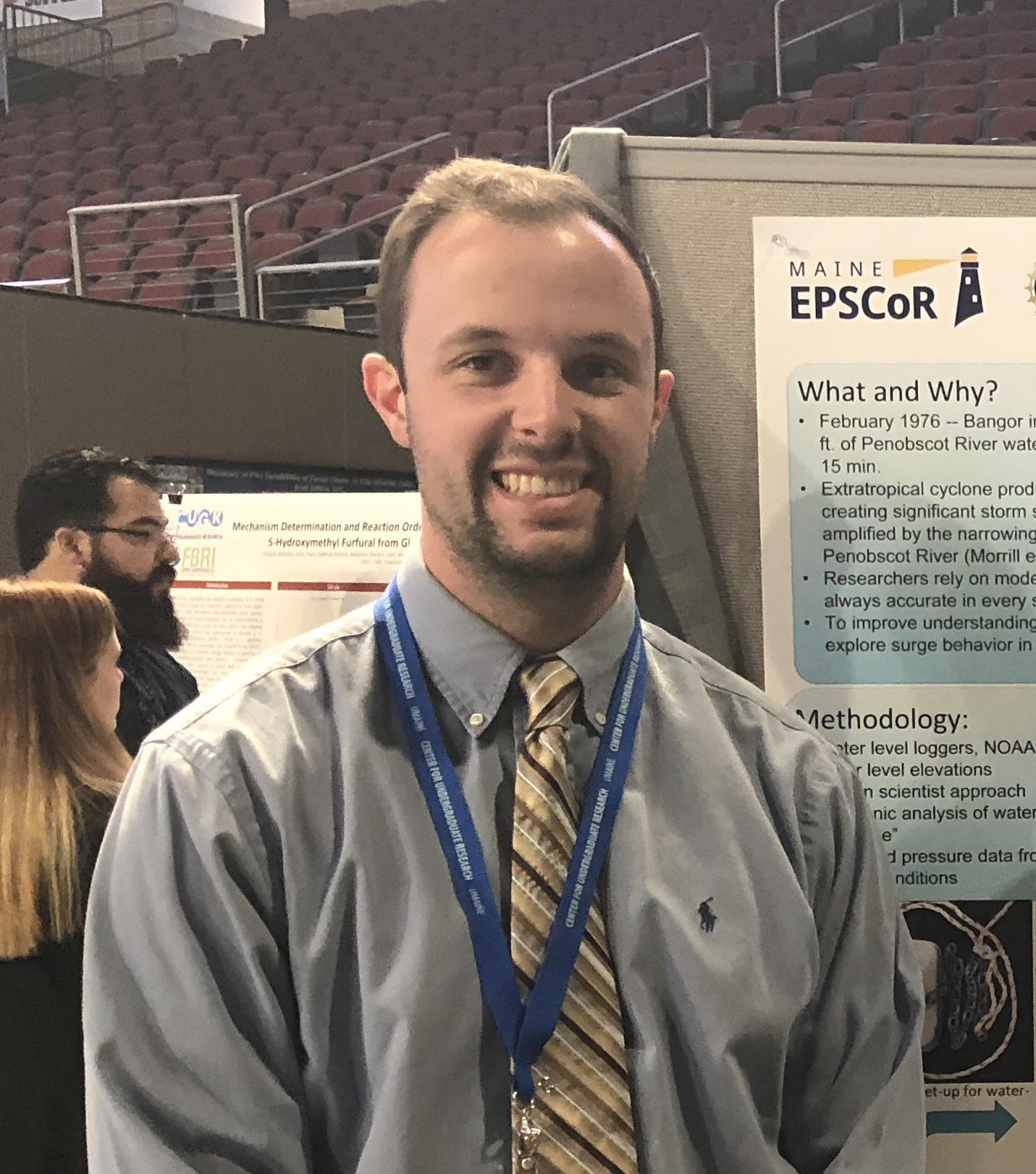Storm Surge Impact in Maine
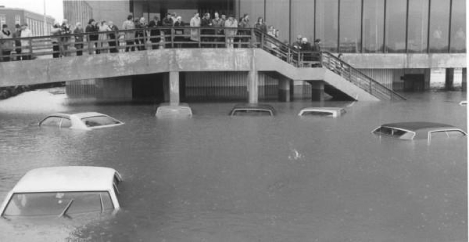
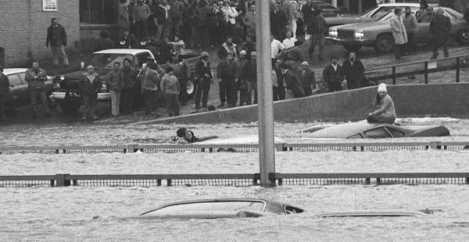
Photos courtesy of the Bangor Daily News
In February 1976, downtown Bangor was rapidly inundated with 12 feet of Penobscot River water in less than 15 minutes (Morrill et al., 1979). The quickly rising water levels trapped people in cars, buildings and on rooftops in frigid temperatures. The damage to personal property was extensive, estimated at approximately $2.6 million (Morrill et al., 1979), which is equivalent to over $10 million today. This particular flood event occurred because Bangor is uniquely located along a tidal river that contracts or “funnels” as it meanders inland. Off the coast of Maine, an extratropical cyclone produced south-southeasterly winds, which created significant storm surge. As the surge was pushed inland, it was amplified by the narrowing shoreline of the Penobscot River, which combined with high tide to produce extraordinary water elevations (Morrill et al., 1979).
To date, researchers have relied on models to represent idealized scenarios of storm surge behavior; however, without detailed observations to capture how storm surge behaves inside an estuary, actual effects remain a mystery. To explore this problem, this project aims to develop an improved understanding of storm surge behavior in three Maine estuaries with varying physical properties. A network of citizen scientists will deploy and maintain a system of water level loggers during hurricane and nor-Easter season in Bass Harbor, the Bagaduce River, and the Penobscot River.
